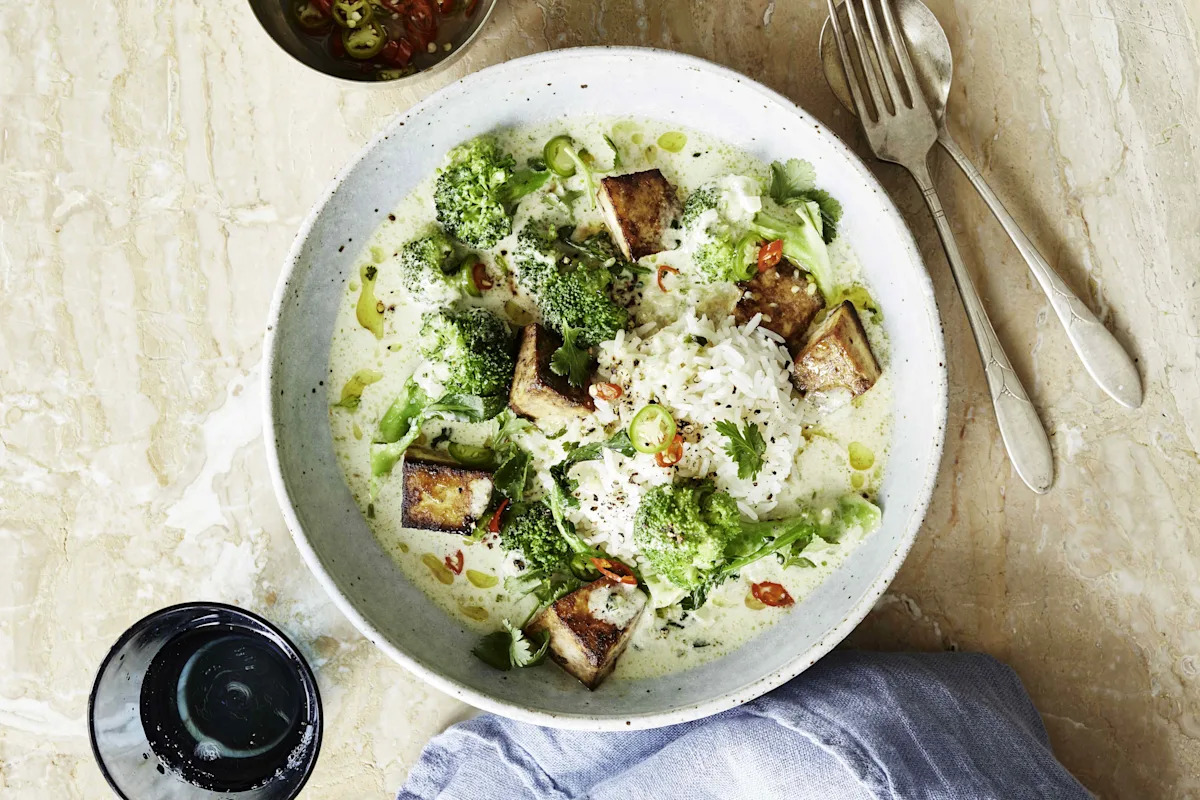Key Points
Getting enough calcium supports strong bones and overall health, and milk isn’t the only way to meet your daily needs.
Foods like tofu, yogurt, and sardines often provide more calcium per serving than a glass of milk.
Plant-based sources like collard greens, sesame seeds, and fortified almond milk make it easy to boost calcium without dairy.
When most people think of calcium, a tall glass of milk comes to mind. And for good reason: an 8-ounce serving of cow’s milk delivers about 300 milligrams of calcium. That’s a solid start toward the 1,000 milligrams adults need each day. But milk isn’t the only way to reach your goal—and in many cases, it’s not even the best way. We talked to nutritionists to find out which foods rival or exceed milk’s calcium content and get the best ways to add them to your diet.
Meet the Experts
Related: 12 Foods That Support Healthy Aging, According to Registered Dietitians
Tofu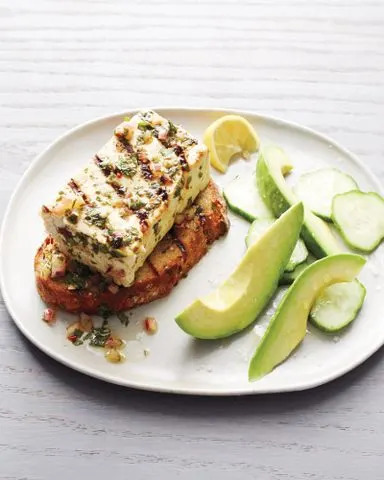
Johnny Miller
8 ounces = 410 mg calcium
Tofu made with calcium sulfate, which helps solidify the soy milk proteins into tofu, can provide more calcium per serving than dairy milk, says Lorenz. Another benefit: tofu also adds plant-based protein.
How to Eat
Tofu is a versatile food that takes well to many cooking methods and pairs deliciously with various flavors and textures. Try baked tofu in grain bowls and salads, fried as a French fry-like snack, or braised in Smoky Tofu Chili.
Yogurt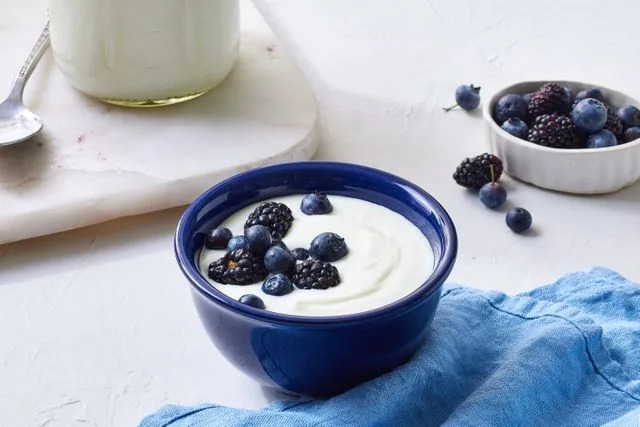
1.5 cups plain non-fat yogurt = 334 mg calcium
Tolentino notes that about a cup of yogurt provides more calcium than a cup of milk. It also supplies protein and probiotics. It’s worth noting that regular (non-Greek) yogurt contains more calcium than Greek yogurt, because the whey is not strained out.
How to Eat
Use yogurt for smoothies, with granola or museli for breakfast, and as a snack. Also, don’t overlook its potential as a savory dip or sauce.
Related: The Health Benefits of Yogurt and the Best Ways to Enjoy It
Canned Sardines (With Bones)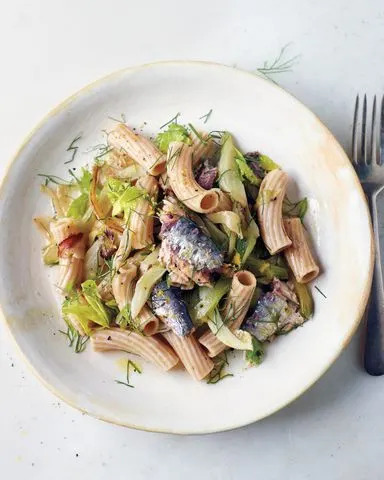
John Kernick
3 ounces = 325 mg calcium
Lorenz highlights canned sardines with bones as an excellent source of calcium. They actually edge out milk in a modest serving, plus they provide vitamin D and protein. And don’t worry: the bones are soft and edible, thanks to the canning process.
How to Eat
There are so many ways to enjoy canned sardines, whether straight from the tin or in cooked dishes. We love them in a lemony salad on crackers and in all kinds of pasta dishes, our favorite is this one with caramelized fennel.
Fortified Orange Juice
Bloxsome Photography / Getty Images
1 cup = 300 mg calcium
Tolentino points to fortified foods as easy wins if you’re looking for calcium sources. One of the most common fortified foods is classic OJ. Look for one without added sugar if you can.
Almond Milk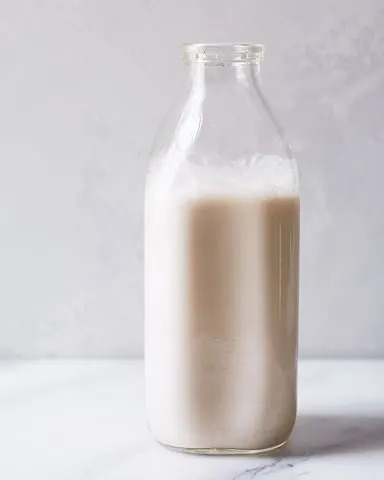
Bryan Gardner
7 ounces = 346 mg calcium
Many plant-based milks are fortified to match or exceed the calcium in dairy, says Lorenz. Plain, unsweetened, shelf-stable almond milk is a solid option, whether or not you’re vegan.
How to Enjoy
Try it in a golden latte or use almond milk in your favorite smoothie.
Collard Greens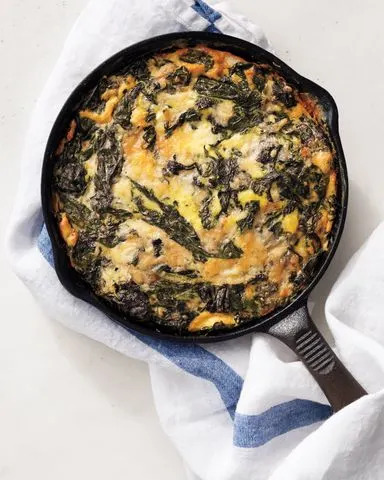
Bryan Gardner
2 cups raw = 358 mg calcium
Lorenz lists collard greens among naturally calcium-rich plants. They also provide vitamin K, which supports bone health.
How to Eat
Use collards in your favorite recipes for kale or other leafy greens, adding them to soups and stews. Here’s an easy side dish recipe to add to your rotation. We also love them in a tofu scramble for a double-boost of calcium.
Sesame Seeds
nata_vkusidey / Getty Images
4 tablespoons = 351 mg calcium
You might be surprised to learn that tiny sesame seeds contain an impressive amount of calcium. Lorenz includes them in her lineup, noting that tahini (which is made from sesame seeds) is also a great source.
How to Eat
Add the seeds to stir-fries, salads, homemade crackers or baked goods like our Strawberry and Toasted Sesame Scones.
Canned Salmon (With Bones)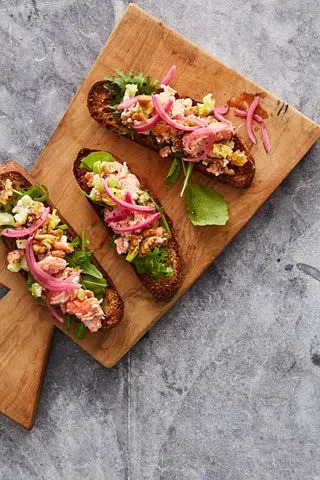
Sidney Bensimon
5 ounces = 306 mg calcium
Although canned salmon doesn’t have quite as much calcium as sardines, it’s still a great source of this nutrient. Again, the bones are where much of the good stuff is, and since they’re soft, you can eat them without a problem.
How to Eat
Canned salmon, like canned sardines, is a great pantry staple. Keep it on hand to use in pastas, salads, tartines, enjoy it with scrambled eggs for a protein-packed breakfast or brunch, or use it for salmon burgers.
Read the original article on Martha Stewart

